What is Integrated Business Process in SAP S/4HANA Finance?
Category: SAP S/4HANA Finance Posted:Jul 02, 2020 By: Ashley Morrison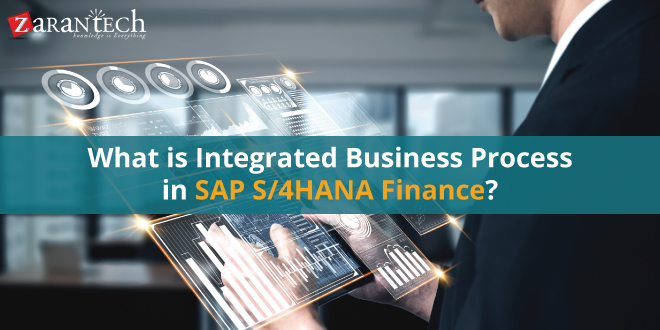
SAP Integrated Business Planning (IBP) is a cutting edge planning application, controlled by SAP HANA. This application allows organizations to draw partners over the association in an integrated planning process that adjusts their business to most profitability and is responsible to take care of future demand. IBP, a cycle of planning activities and reviews that allows businesses regularity and repeatable cadence.
SAP IBP consists of three phases namely:
- Demand Review – Consensus Demand Planning involves demand planning and review.
- Operations Review – Operations planning includes supply planning and operations review.
- Business Review – Business planning involves Pre-S & OP and S&OP (Sales & Operations Planning). It is a cyclical procedure with each feed makes assumptions and supports based on the previous step. The process is driven by the exemption and focuses on decision making.
The architecture of Integrated Business Planning
The below figure shows the SAP IBP’s major components as well as clarifies the process of how to benefit from the new features when doing an end to end Business Scenario.
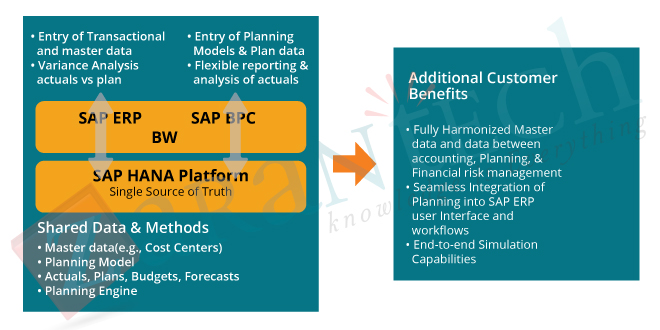
Integrated Business Process for Finance
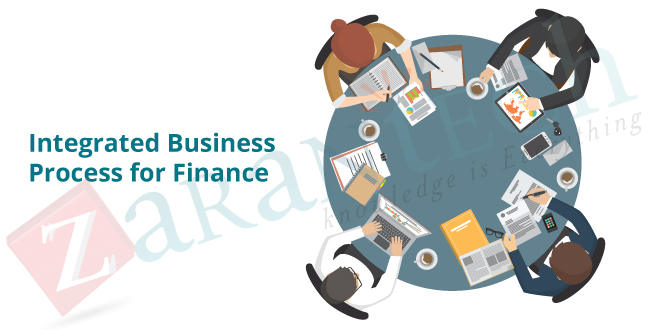
It is a common Financial Planning model with real-time access to master-data and actual data without data replication. It has in-memory planning abilities, an integrated data model that enables flexibility and easy simulations. IBP has faster planning cycles and hence considering it as an end-to-end simulation, we can take better decisions. The planning screens can be effortlessly integrated into the ERP workflows. We can perform modeling and variance evaluation on data in real-time. There are pre-built planning models for accelerated adoption.
Deploy Controlling Integration with Procurement
The profit and cost analyzer calculation of the supply planning administrator creates cost-streamlined production, distribution, and procurement plan for the entire Supply Chain, thinking about specific limitations. The arrangement integrates each and every single material stream to customers from plants and providers by means of distribution centers or various other middle locations and integrates all production procedures.
The scope item portrays how to use the profit and cost algorithm formula amid the Supply review of the sales and activity planning procedure to make an achievable, cost-optimized demand plan. It is used as a part of the substitution of the unconstrained demand & supply heuristic calculation depicted in scope item IBP for Sale & Operations.
So, here are some of the steps covered:
- Supply Review.
- Sufficiently adjust demand and supply and achieve a cost-ideal arrangement for production, distribution, and procurement.
CO Integration with Production
Controlling (CO) is an independent application component, which is used to coordinate, monitor, and optimize all processes within a company. The consumption of production factors and services used by the company will be tracked here. As an example, Integration of SAP Waste and Recycling with Controlling enables employees with responsibility for controlling at waste disposal company, such as a depot manager or a route manager, to calculate relevant cost information according to the values from the waste disposal order confirmation and trigger the final posting following a check.
Transfer Prices
Transfer price is a value used to evaluate the exchange of goods or services between autonomously operating units of an organization. You can use an exchange cost to valuate product development between profit centers. The SAP framework sustains three kinds of transfer prices that stand for three necessary perspectives of goods and merchandise within a corporate group.
- Group view
- Profit center view
- Legal view
Parallel Valuation
Parallel Valuation whose objective is to allow a single goods movement of a separate material to enable the trigger of numerous and simultaneous postings to the G/L (by a unique method to inventory accountancy), all in a single FI document.
Go through our SAP S/4HANA SIMPLE FINANCE EXAM C_TS4FI_1610 Certification Made Easy to crack the Interviews.
Product Lifecycle Management
Product Lifecycle Management (PLM) in SAP helps organizations rapidly create and convey the items that drive their business. SAP PLM provides all-round help to all items related procedures from the start of the lifecycle with item ideation to assembling and administration. SAP Product Lifecycle Costing is an answer to figure costs and various measurements for new items or citations in a beginning period of the item lifecycle, to swiftly identify cost drivers along the lifecycle and to effortlessly recreate as well as compare alternatives.
Conclusion
I hope this article explains the process in a better way and you will like it! The reason for discussing the topic is that our viewers to know about the Integrated Business Process. I hope, this article has fulfilled viewers’ expectations regarding the mentioned topic.
I hope that by now you have had an overview of SAP S/4 HANA Finance. Before you enroll in ZaranTech’s certification course on SAP S/4 HANA Finance, do check out the S4 HANA Finance demo:
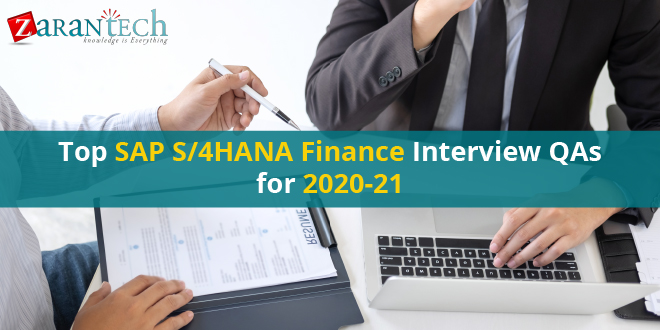
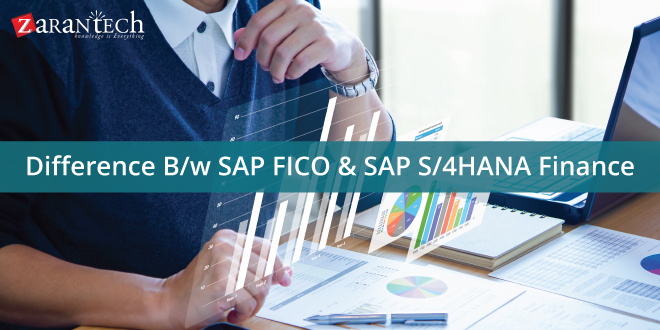
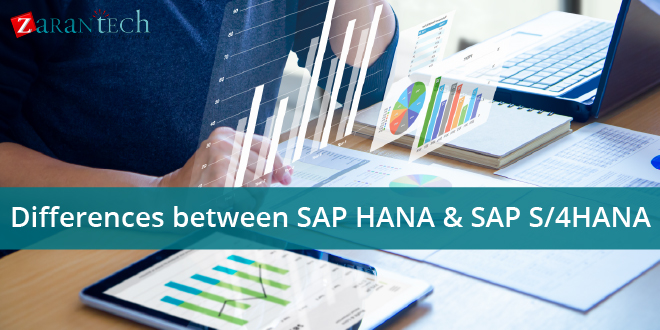
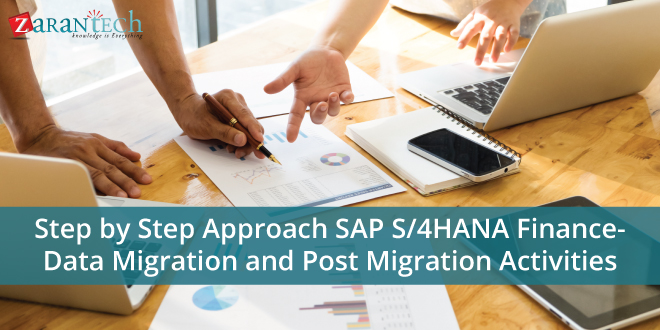

 99999999 (Toll Free)
99999999 (Toll Free)  +91 9999999
+91 9999999